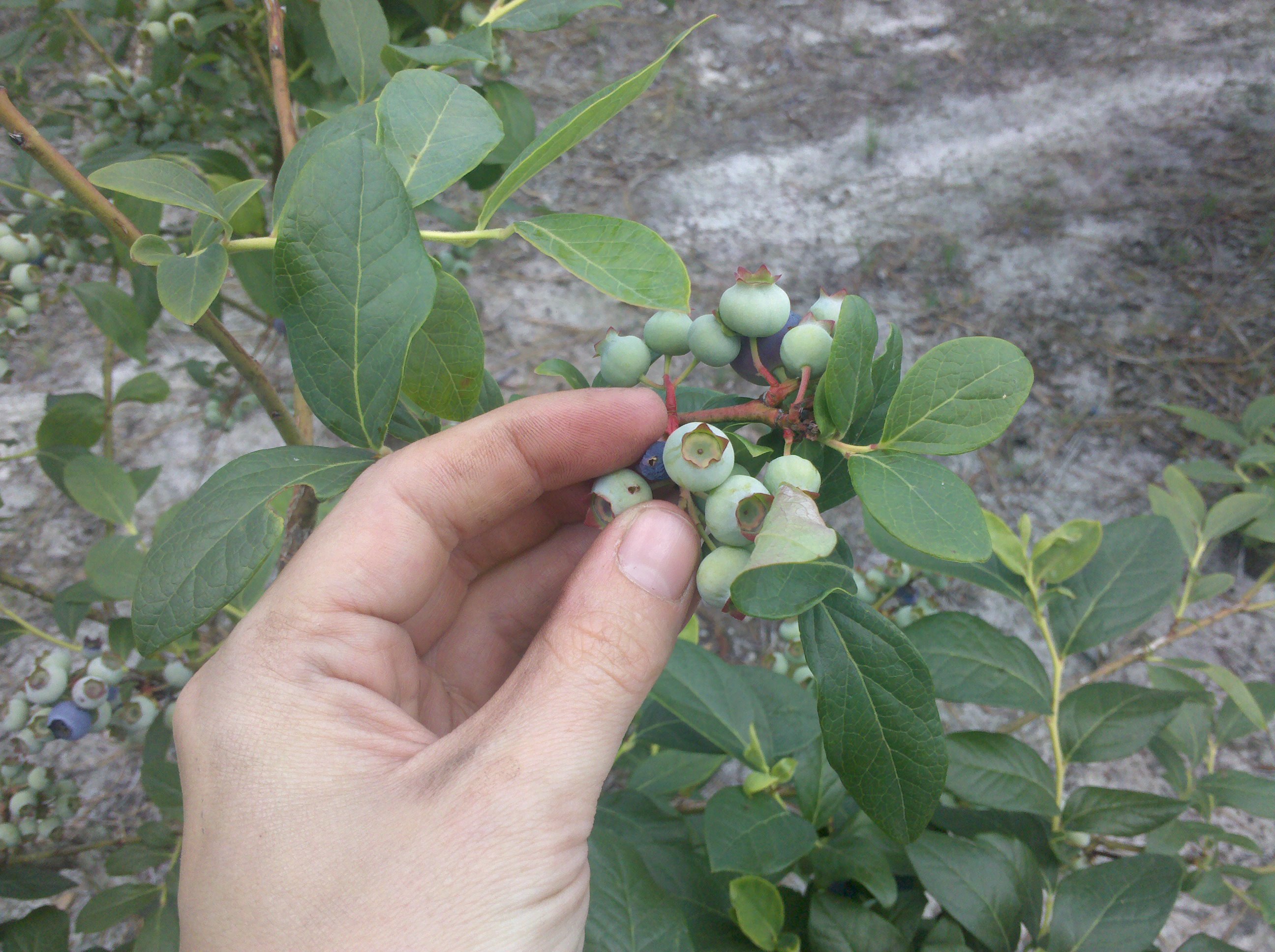Cherry Fruitworm in Blueberries
go.ncsu.edu/readext?251490
en Español / em Português
El inglés es el idioma de control de esta página. En la medida en que haya algún conflicto entre la traducción al inglés y la traducción, el inglés prevalece.
Al hacer clic en el enlace de traducción se activa un servicio de traducción gratuito para convertir la página al español. Al igual que con cualquier traducción por Internet, la conversión no es sensible al contexto y puede que no traduzca el texto en su significado original. NC State Extension no garantiza la exactitud del texto traducido. Por favor, tenga en cuenta que algunas aplicaciones y/o servicios pueden no funcionar como se espera cuando se traducen.
Português
Inglês é o idioma de controle desta página. Na medida que haja algum conflito entre o texto original em Inglês e a tradução, o Inglês prevalece.
Ao clicar no link de tradução, um serviço gratuito de tradução será ativado para converter a página para o Português. Como em qualquer tradução pela internet, a conversão não é sensivel ao contexto e pode não ocorrer a tradução para o significado orginal. O serviço de Extensão da Carolina do Norte (NC State Extension) não garante a exatidão do texto traduzido. Por favor, observe que algumas funções ou serviços podem não funcionar como esperado após a tradução.
English
English is the controlling language of this page. To the extent there is any conflict between the English text and the translation, English controls.
Clicking on the translation link activates a free translation service to convert the page to Spanish. As with any Internet translation, the conversion is not context-sensitive and may not translate the text to its original meaning. NC State Extension does not guarantee the accuracy of the translated text. Please note that some applications and/or services may not function as expected when translated.
Collapse ▲Biology
The cherry fruitworm (Grapholita packardi Zeller) is widely distributed throughout the northern two-thirds of the united States where it feeds on a number of host plants including apple, cherry, blueberry, rose, and hawthorn (Chapman and Lienk 1971). This species is fairly common in North Carolina. Larvae of the cherry fruitworm are smooth caterpillars with brown heads, three pairs of thoracic legs, and several pairs of short, fleshy abdominal legs. They are pink to reddish in color.
Larvae grow to about 9 mm (3/8 inch) in length. The adult stage is a small, dark gray moth with chocolate colored markings on the wings. These moths have a wingspan of 8-11 mm (3/8 to 1/2 inch), but they are seldom seen because they are active at night and hide under leaves during the day. In North Carolina, adults emerge during April and lay their eggs on both the fruit and foliage of blueberry plants.
Signficance and damage
Larvae bore into the first fruit encountered, often entering the calyx cup of the berry. When larvae are about one-half to three-quarters grown, they move to an adjacent berry in the cluster, boring from one fruit to another at the point of contact and lining the junction with silk. Some larvae attain their full size within the second fruit, while others may feed on additional berries. Upon completion of larval development, caterpillars leave the fruit and excavate small burrows in a dead blueberry cane, a pruning stub, or the stem of a dead weed nearby (Marucci 1966). Larvae remain inactive within these burrows for the remainder of the growing season and throughout the following winter. With the onset of mild temperatures in March and early April, larvae pupate within their burrows and emerge about two weeks later as adults.
Detection of infested fruit is difficult because there is little external evidence of the insect’s presence. Larvae remain well-concealed inside berries that have been tightly, but inconspicuously, silked together. Look for a pin-sized entry hole near the stem of any small berries that have begun to turn blue, and then open adjacent berries to find the reddish colored larva. A premature color change in the fruit is often the only visible sign of an infestation.
Adult moths can be collected at light traps or in jars baited with a mixture of lignin pitch and terpinyl acetate. Both of these methods are useful for monitoring population density, but neither can provide effective control.
Management
Biological control
A parasitic wasp (Ascogaster quadridentata) was found attacking cherry fruitworms in Colorado (Hoerner and List 1952), but there is no record of either parasites or predators for this pest in North Carolina.
Chemical control
See the North Carolina Agricultural Chemicals Manual for specific management information.
References
- Chapman, P. J. and S. E. Lienk. 1971. Tortricid fauna of apple in New York. NY Agr. Exp. Sta., Geneva. Special Publication, March 1971. 120 pp.
- Hoerner, J. L. and G. M. List. 1952. Controlling cherry fruitworm in Colorado. J. Econ. Entomol. 45(5): 800-805.
- Marucci, P. E. 1966. Insects and their control. In: Eck. P. and N. Childers (eds.) Blueberry Culture. Rutgers Univ. Press, NJ. pp 159-235.
- Vergeer, T. 1954. The cherry fruitworm (Grapholitha packardi) as a blueberry pest in Michigan. Mich. Agr. Exp. Sta. Quart. Bull. 36: 370-373.




